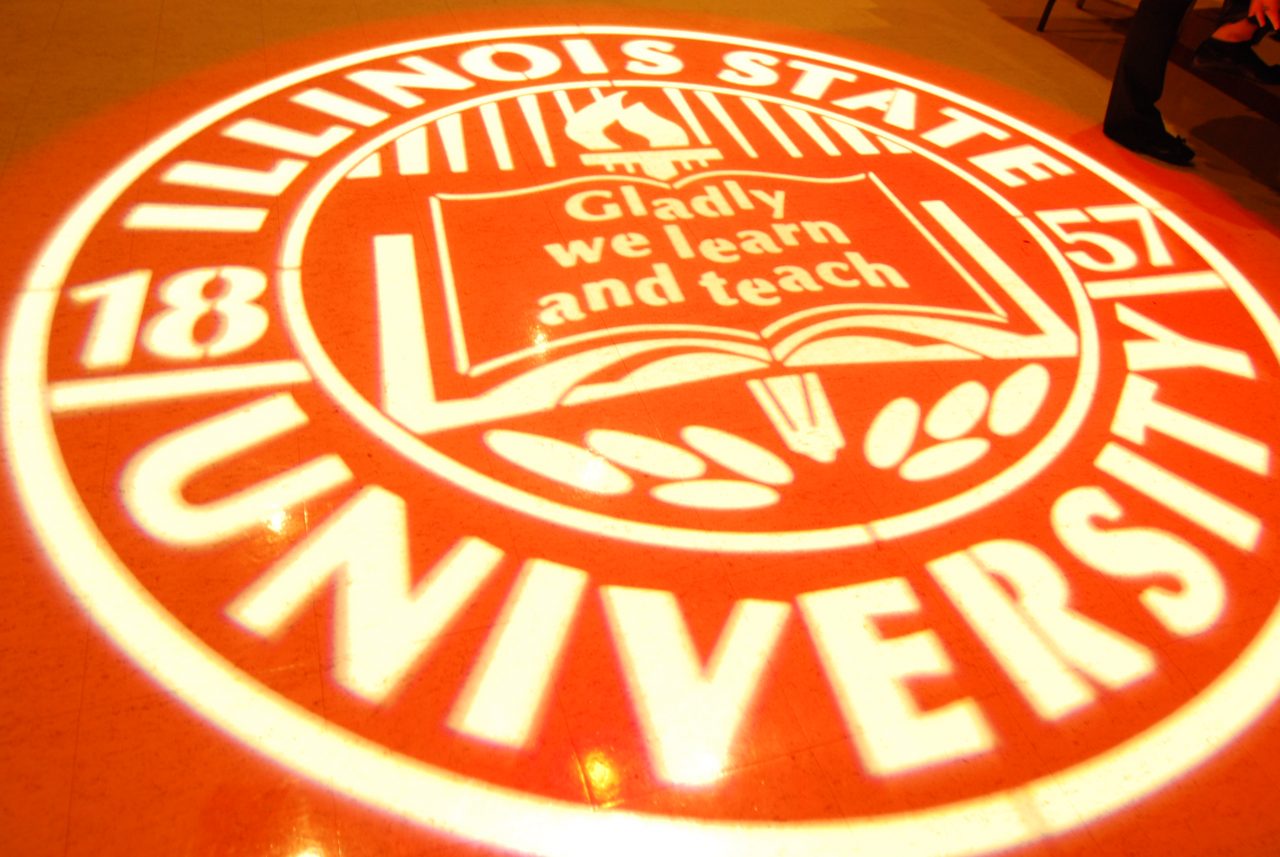What does a five-month strike in 1967 at San Francisco State University have to do with Illinois State University? The strike, a step in interethnic student and faculty activism, led to one of the first black studies programs in the U.S. That activist movement helped pave the way for the establishment of women’s studies in the late 1970s. Now it is the 2000s, and another wave of activism has resulted in LGBTQA (click on glossary) studies coming to the forefront of Illinois State collegiate life.
Two years of research, including surveying Illinois State students and faculty (surveys) and conducting student focus groups (focus groups), prompted the University to establish the LGBT/Queer Studies and Services Institute. The Institute, which is temporarily housed in the Women’s and Gender Studies Office in Rachel Cooper Hall, has three major components: academic studies, student affairs and campus climate, and community service. The aim is to make the campus and surrounding community more aware of LGBTQA people and issues, including a queer studies focus in the University’s curriculum.
Organizing committee member and researcher Paula Ressler said that focus groups of LGBTQA students indicated that they felt relatively safe on campus, but described the campus as “benignly heteronormative,” meaning that most of the time they felt ignored, and 55 percent said they had no exposure to LGBTQA content in their coursework. Diane Zosky, another committee member and researcher, pointed out that students said while they felt relatively safe on the University campus, the surrounding community did not feel as welcoming.
One of the first steps of Institute volunteers and staff was to inventory academic materials available to faculty and students on campus. As a result, the office now has books, films, journals and research materials, and a database of other materials and their campus locations is being compiled. The long-term goals for the Institute are to serve as a visible home on campus for people involved in academic, political and social activities of particular interest to LGBTQA people, and to serve as a clearing house and organizing center. The Institute will be a place where faculty and students can share their research, where students can learn about research and internship opportunities and where professional development ideas can be generated. The Institute also wants to link to the national and international work that is being done in LGBT/Queer Studies.
Ressler said the next academic steps are to establish a Queer Studies course as part of a recently growing academic emphasis at Illinois State on Queer Studies, and to help faculty find ways to incorporate LGBTQA themes and issues into their coursework. She said the academic component is multidisciplinary and includes internships with local community organizations and campus groups that serve the LGBTQA population.
Committee member Becca Chase said that collaborating with the Illinois Safe School Alliance (ISSA) and the Central Illinois Safe Schools Alliance (CISSA) was an important inspiration for the Institute. In the spring of 2008, CISSA organized a community forum featuring teachers, students, parents, school superintendents, principals and College of Education Dean Deborah Curtis. ISSA’s Visibility Matters study, published in January 2009, graded Illinois pre-professional education programs based on antidiscrimination policies, inclusion of sexual orientation and gender identity into teacher education diversity initiatives and conceptual frameworks, curricular inclusion and supportive campus climates, among other criteria. Illinois State received a C, one of the higher grades, with 41 Fs, six Ds, one A and one B assigned to other surveyed colleges.
Committee member Dave Bentlin pointed out that students only spend about 15 hours per week in classes, and that the rest of their time on campus needs oversight and coordination to ensure that their social and personal needs are being met. He stressed that while Illinois State needs to improve its grade to compete with peer institutions, substantial progress has been made recently with the addition of “gender identity and expression” to the University’s antidiscrimination language. The addition of the Institute, Bentlin added, will make it easier to address such issues and help make the campus a better place for LGBTQA students, staff and faculty, thus facilitating recruitment and retention.
Chase said the development of the Institute has been the cooperative effort of a “sturdy band of volunteers.” The initial excitement and enthusiasm has been enduring, Ressler said, and, with the knowledge gained from research, the University will realize that LGBTQA issues are part of every racial, ethnic, economic and ability group and the community. Zosky emphasized that opening a door on behalf of one underrepresented group also benefits other groups. The Institute will be part of opening one such door and keeping it open for all.

